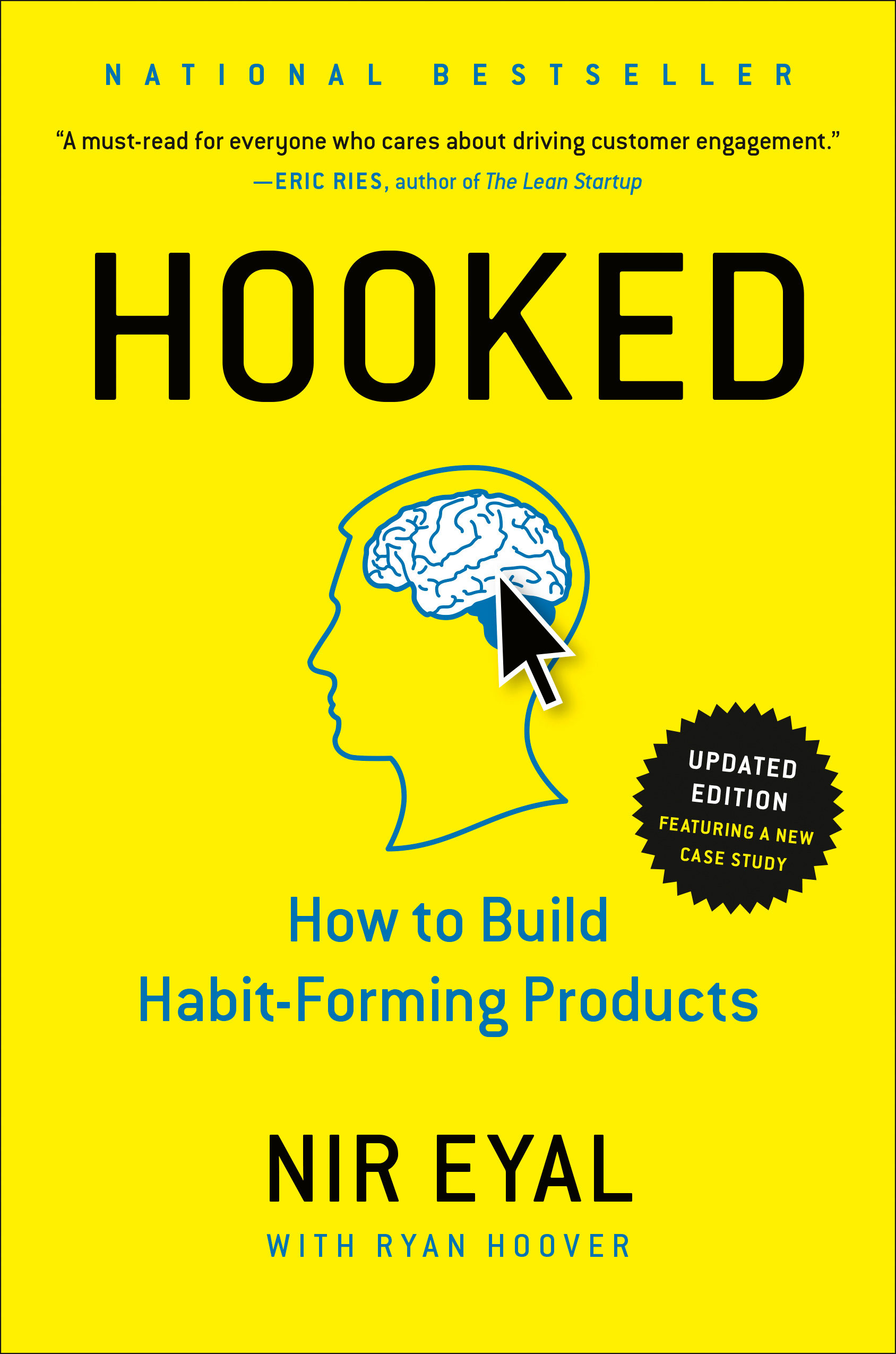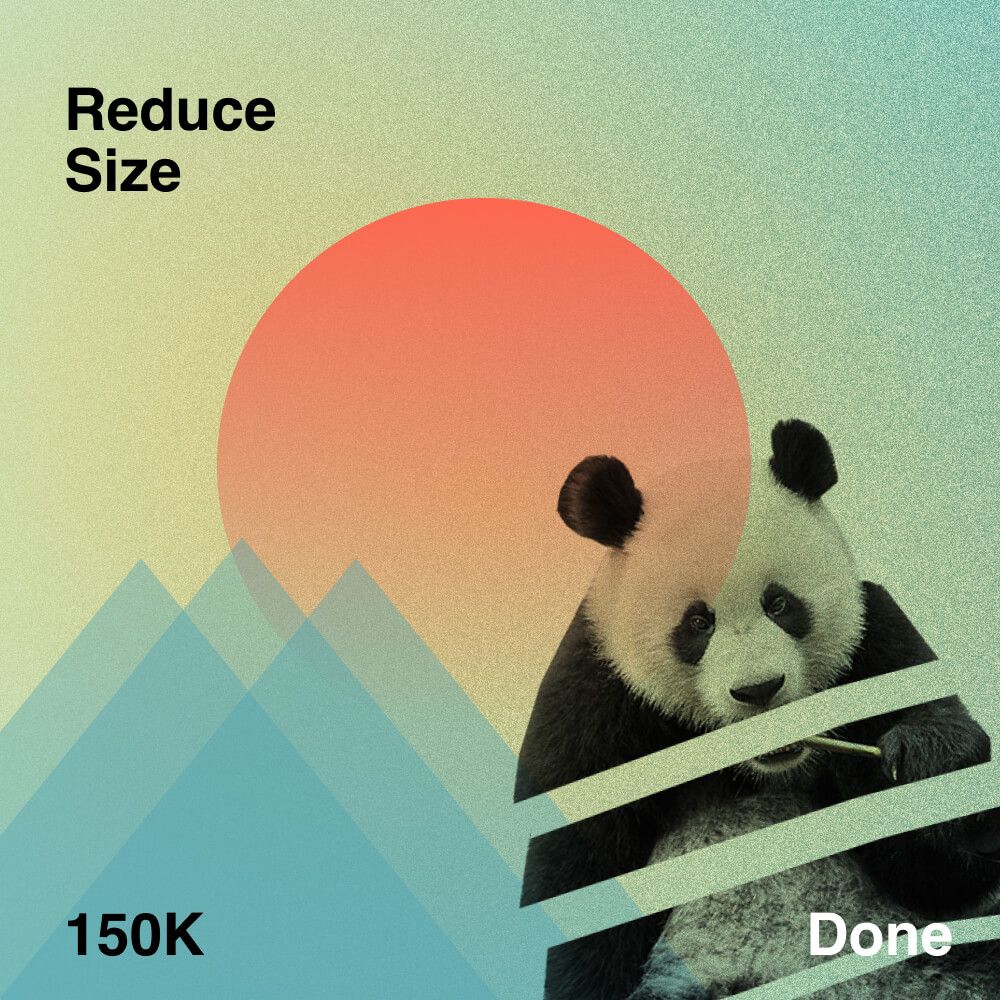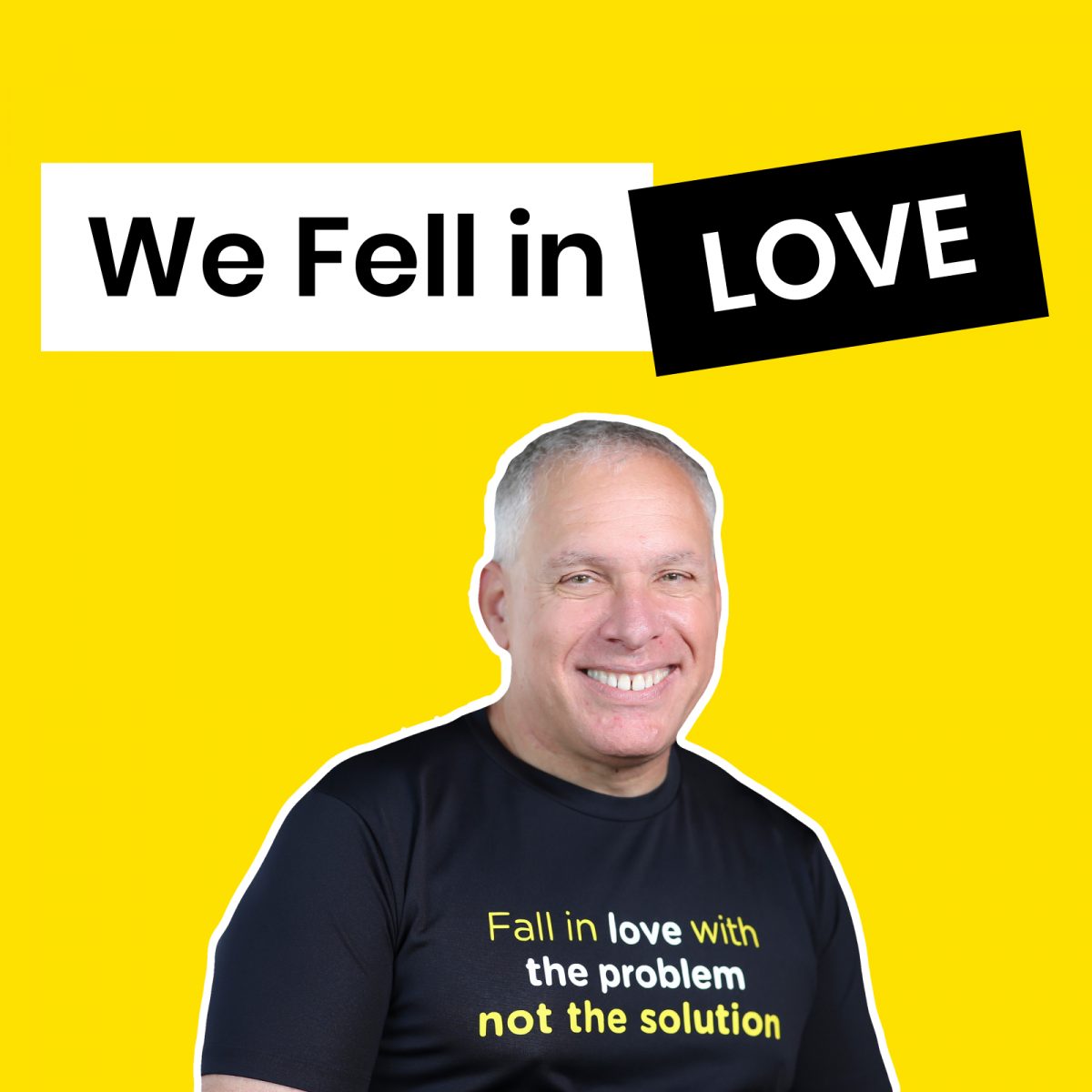Nil Eyal’s tips for building great products
How are great products built?
If this is a question you’ve asked yourself lately, then Nir Eyal has the answer. In his 2014 book Hooked: How to build habit forming products, he explores the core principles of psychology that drive product engagement, and explains how they can be harnessed for long-term product engagement. As an agency creating design solutions for products of all kinds, we’re psyched about the insights Eyal shared – which is why we’ve created a short summary for you!

Nil Eyal is a writer, consultant, and teacher specializing in behavioral engineering — a practice of studying how we behave to create better tech products. The former Stanford lecturer takes a deep dive into how habits are formed, and how tech founders and product developers can build apps that keepcustomers coming back for more.
But what’s a habit, anyway? According to Eyal, it’s a kind of “shortcut for your brain” to get a result you want without thinking too much about it. “Habits develop when the behavior has solved the problem continuously in the past,” he says. Sounds pretty simple, right? If you’re cravingsweets, you eat some sugar. If you want to be entertained, you scroll social media. Works like a charm, time after time.
Habits, Eyal says, form over the course of four steps:
- A trigger: Something that prompts a behavior, either internally or externally. An internal trigger might be boredom or sadness, while an external trigger could be an ad or recommendation that sparks your interest.
- An action: When a person responds to a trigger, they perform an action (think eating sweets or checking their smartphone) to get the desired reward.
- A variable reward: When it comes to rewards, it’s the variable nature that’s key here. When an outcome is predictable, we don’t crave it as much. Variable rewards, like seeing new emails in your inbox or trying a new flavor of ice cream, prompt a more intense craving.
- An investment: Once the action is completed, users invest in the product to keep the circle going. The more they complete the process and get the desired rewards, the stronger the habit becomes. Plus, the more you invest in something, the more value it has for you.
While desiring to get users “hooked” on your product might seem dubious, Eyal’s encourages readers to think hard about how to use these psychological principles responsibly. By asking themselves how their product will measurably improve the lives of future customers, founders can make sure their products are as ethical as they are addictive.
All in all, we think this book is a great companion to any library, whether you’re a founder, product manager, or anyone working in the tech industry.
Have you read Hooked and have thoughts to share?
ֿ





 in Tel Aviv
in Tel Aviv